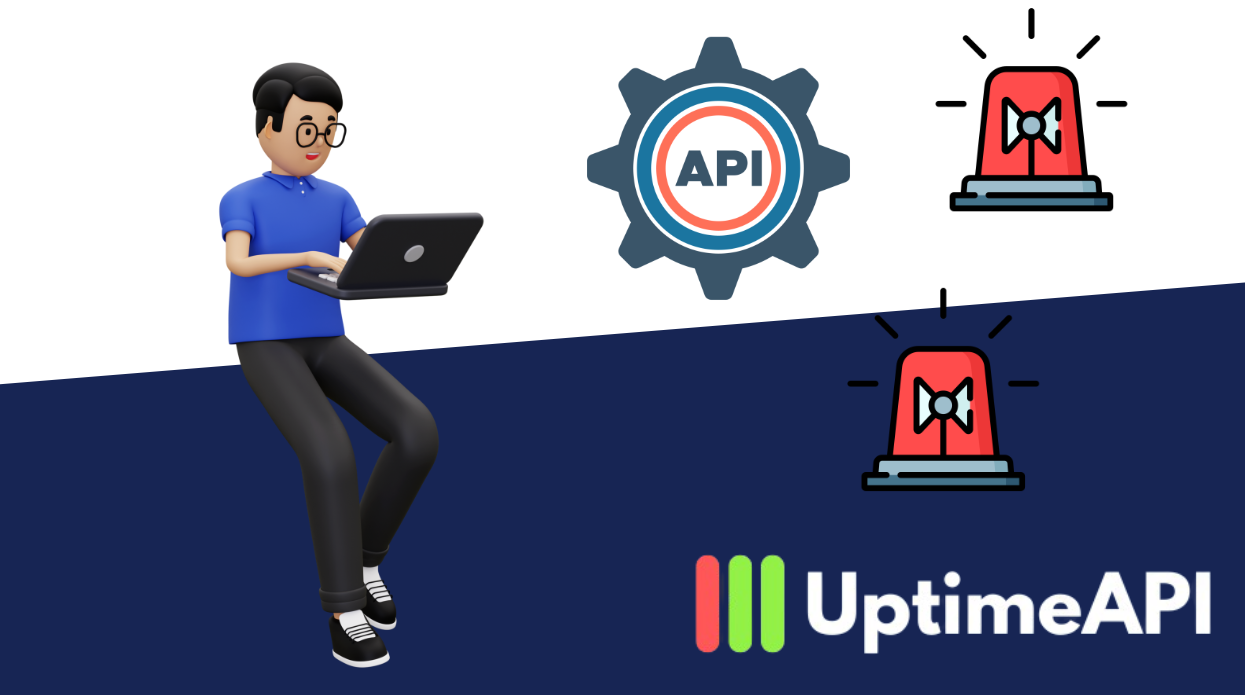API Performance Monitoring Tool to Optimize Service

In today’s digital landscape, ensuring that APIs function smoothly is essential for maintaining service reliability and user satisfaction. That's where an API Performance Monitoring Tool like Uptime API comes into play. It offers real-time monitoring, instant insights, and robust performance tracking to ensure that your APIs operate at their best. With this incredible platform, developers can easily detect, analyze, and resolve potential API failures before they impact users, streamlining your service's overall performance.
Uptime API: Real-Time API Monitoring
Uptime API’s core feature is real-time monitoring, which ensures that you are instantly notified whenever there is an issue with your API. This real-time approach allows businesses to be proactive rather than reactive, which is crucial in the fast-paced digital world. By continuously monitoring the performance of your APIs, Uptime API helps ensure that you can quickly respond to potential outages or slowdowns, keeping your services online and minimizing disruptions.
The platform allows you to monitor any public or private API by setting specific monitoring intervals. With these frequent checks, you can ensure your APIs are up to standard at all times, and that any performance issues are caught early, preventing costly downtime.
Instant Alerts and Notifications
One of the standout features of Uptime API is its instant alert system. The service offers multi-channel notifications through email, SMS, or webhooks, so your team is always in the loop, regardless of where they are. You can customize these alerts to match the severity of the issues detected, ensuring that critical problems get immediate attention, while less urgent ones are flagged for future review. The ability to receive alerts across different channels makes it easier for development teams to respond quickly and effectively, no matter their preferred communication tool.
Comprehensive Analytics and Logs
Uptime API goes beyond basic monitoring by offering detailed analytics and error logs that give a deep insight into your API’s performance. Historical data lets you track trends over time, so you can make data-driven decisions to optimize your service. These reports highlight recurring issues, which helps identify underlying problems and improve the overall health of your API.
The error logs retention feature is another valuable tool for developers, as it allows you to analyze past performance and troubleshoot any errors that may have occurred in the past. This function is especially useful when diagnosing intermittent issues or uncovering root causes behind unexpected downtimes.
Example Request
{
"name": "Horoscope API Monitor",
"team_id": 1,
"method": "POST",
"url_or_ip": https://zylalabs.com/api/891/horoscope+api/3527/by+date,
"interval": "every_60_sec",
"timeout": 30,
"alert_when": "kwd_not_exists",
"keyword_to_check": "Horoscope",
"headers": {
"Authorization": "Bearer API_Key"
},
"parameters": {
"sunsign": "gemini",
"date": "2022-05-16"
}
}
Integration and Ease of Use
Setting up Uptime API is straightforward and doesn’t require extensive configuration. Developers can start monitoring their APIs within minutes by simply entering the API endpoint URL and configuring the preferred monitoring intervals and timeouts. The simple, user-friendly interface ensures that both experienced developers and newcomers to API monitoring can use it effectively.
Check This YouTube Video!
Conclusion
In conclusion, Uptime API is an indispensable API Performance Monitoring Tool for any organization that relies on APIs for their digital services. With real-time monitoring, customizable alerts, detailed performance analytics, and effortless integration, Uptime API provides the tools necessary to ensure your APIs run smoothly and efficiently. For businesses looking to optimize their service uptime and enhance their API reliability, Uptime API offers a comprehensive solution to meet these needs.
